Frederica Freyberg:
The Obama administration had set a self-imposed deadline of December 1 to fix the federal healthcare website. One week later we can report it’s still a series of successes and failures. The federal website continues to have problems more than two months after it launched. Tasha Hagberg is with the Concentrated Employment Program, and she's an Affordable Care Act navigator helping Wisconsin residents through the website maze. She joins us from Spooner with an update from the front lines on the new and improved federal website? So, Tasha, what about it? Is it new and improved?
Tasha Hagberg:
Good morning, Frederica. It is absolutely improved. However, it is not good to go yet. We are still running into a lot of the same issues and flaws that we had originally. However, they have added a new remove button for applications that seem to be caught in a loop of– some sort of glitch that now we can personally hit the remove button and start over again. Before they were telling us that we could not start over, we had to just have patience with them. And that remove button actually seems to fix a lot of the errors. It’s kind of just resetting the application and allowing us to move forward. So that’s an improvement that I can report on.
Frederica Freyberg:
So what about that, though? You get all the way through potentially and then you have to hit remove and start again?
Tasha Hagberg:
Yes. One of the common glitches that we encounter as we’re doing applications is actually completing the entire application and then having it loop back to verifying the identity, which is what you do at the beginning. And completing the application, sometimes it can feel like ten times. You call the toll-free number and they say, oh, you’re catch in a glitch, please just wait. And we waited sometimes weeks. And I have a couple people waiting over a month, and it’s not resolved. And we’re kind of at the deadline now and they kept telling us not to start a new application. So having that reset button, for some reason it clears out whatever the glitch was in the system and allows us to start fresh. And I’m having about 90% success after I hit the reset button with those accounts.
Frederica Freyberg:
Well, 90% success is pretty good. Have you and other navigators seen an uptick in interest following the deadline where they said the website would be improved and people could go in and actually enroll? Have you seen an uptick in interest?
Tasha Hagberg:
The phones are definitely ringing off the hook, and our local seminars are increasing in attendance. It still is– there’s a lot of misinformation out there, a lot of people still not thinking that the deadline is a hard deadline or not believing that it’s being enacted. The number one question I get at a public information session or over the telephone is whether or not this is actually going to happen, and I keep trying to explain to people that it already has happened, it’s signed into law and the law goes into effect in January. So there’s still a lot of people out there that don’t realize that this is actually here and we have to get going on it.
Frederica Freyberg:
And why do you suppose that kind of misinformation is circulating to that extent?
Tasha Hagberg:
I believe a lot of it is the changing of the dates. So with– in Wisconsin here by having BadgerCare delayed now, any changes in BadgerCare until March 31 or April 1 for new enrollments. I think that people are taking that to be that it’s not ready, it’s going to be pushed back, it might not happen. I think a lot of the– even the comments that the president has made that this will happen, you know, as long as he’s president, I think gives people the impression that the option then is that it won’t happen. So by him saying that it will happen tells people that people are talking about it not happening. So I think there’s still a lot of that, and I think people are just not paying attention to the news and they hear the glitches and they just want to avoid it.
Frederica Freyberg:
You spoke a moment ago about people in BadgerCare whose policies are being extended because of the glitches with the federal website. But are people who are in the high-risk plan still eager to find a policy through the marketplace even though their coverage, too, has been extended that way?
Tasha Hagberg:
Most of those people that I’m getting coming in are very anxious to get off those high-risk plans because they do come with a high deductible and those plans are usually quite expensive as well. And so their success in finding an affordable plan with much better coverage is extremely high in the marketplace. So they are still coming in even though it’s been extended. Another question for a lot of them is the fact that if they keep their plan, they will start fresh with a new deductible in January. And when they switch come April 1, they would start with another deductible. So they really could end up getting kind of double whammied in 2014 if they don’t enroll right away and they use that high deductible plan.
Frederica Freyberg:
Now, with less than a minute left, as a navigator, what would you tell the feds in charge of this website and the entire enrollment process about what’s going on on the ground in trying to help people sign on?
Tasha Hagberg:
The application process, I am scheduling about an hour and a half to work with people, and I know the system well. Listening to people that are doing the applications on their own, they are spending about two hours to fill out an application. That process is too long, and I had a gentleman just yesterday over in Grantsburg, Wisconsin, say to me this is the problem with the entire system. People do not have two hours to sit down at a computer and fill out an application that may or may not work. If it was a 15-minute application, that would be great. But the length of the application, the time that it takes, and then the glitches on top of it are going to keep delaying people from enrolling.
Frederica Freyberg:
Tasha Hagberg, thank you very much. Really appreciate your on the ground perspective. Thanks.
Tasha Hagberg:
Thank you for having me.
Frederica Freyberg:
Nationally the number of visitors to the federal website has seen a surge. Last Monday more than 750,000 people visited the site. That’s twice as many as on a typical Monday.
Search Episodes
News Stories from PBS Wisconsin

Donate to sign up. Activate and sign in to Passport. It's that easy to help PBS Wisconsin serve your community through media that educates, inspires, and entertains.
Make your membership gift today
Only for new users: Activate Passport using your code or email address
Already a member?
Look up my account
Need some help? Go to FAQ or visit PBS Passport Help
Need help accessing PBS Wisconsin anywhere?

Online Access | Platform & Device Access | Cable or Satellite Access | Over-The-Air Access
Visit Access Guide
Need help accessing PBS Wisconsin anywhere?

Visit Our
Live TV Access Guide
Online AccessPlatform & Device Access
Cable or Satellite Access
Over-The-Air Access
Visit Access Guide
 Passport
Passport

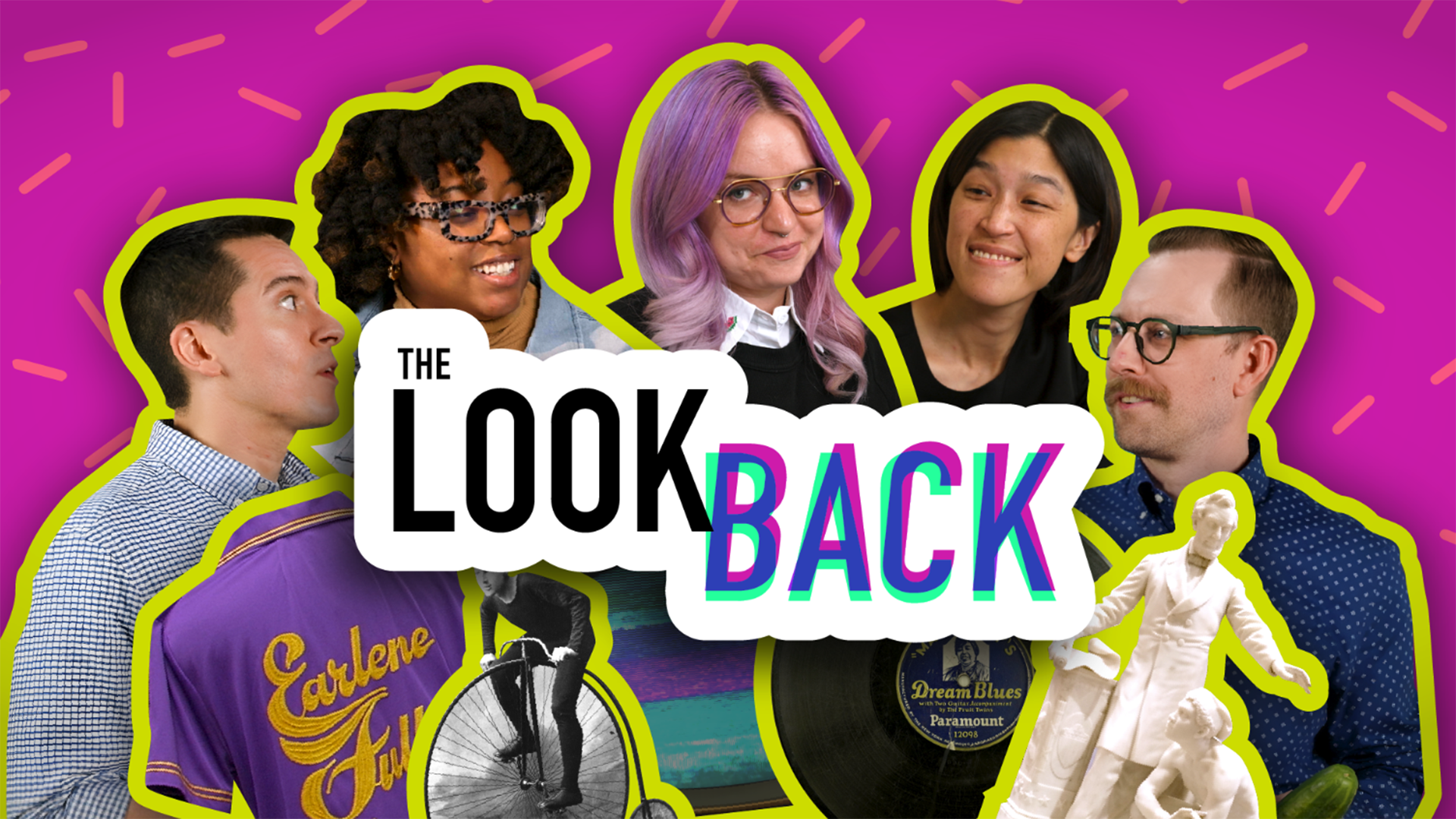



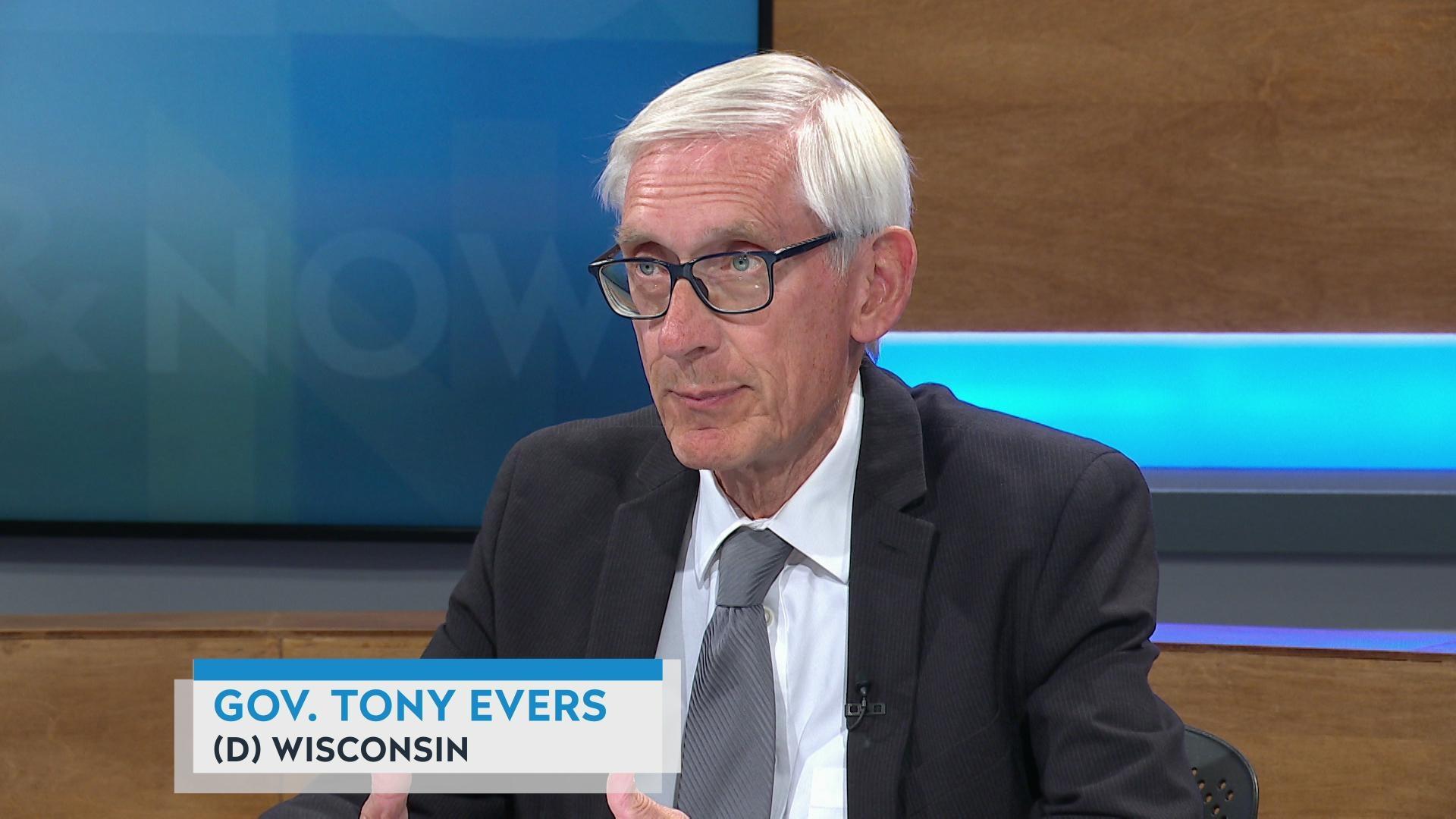
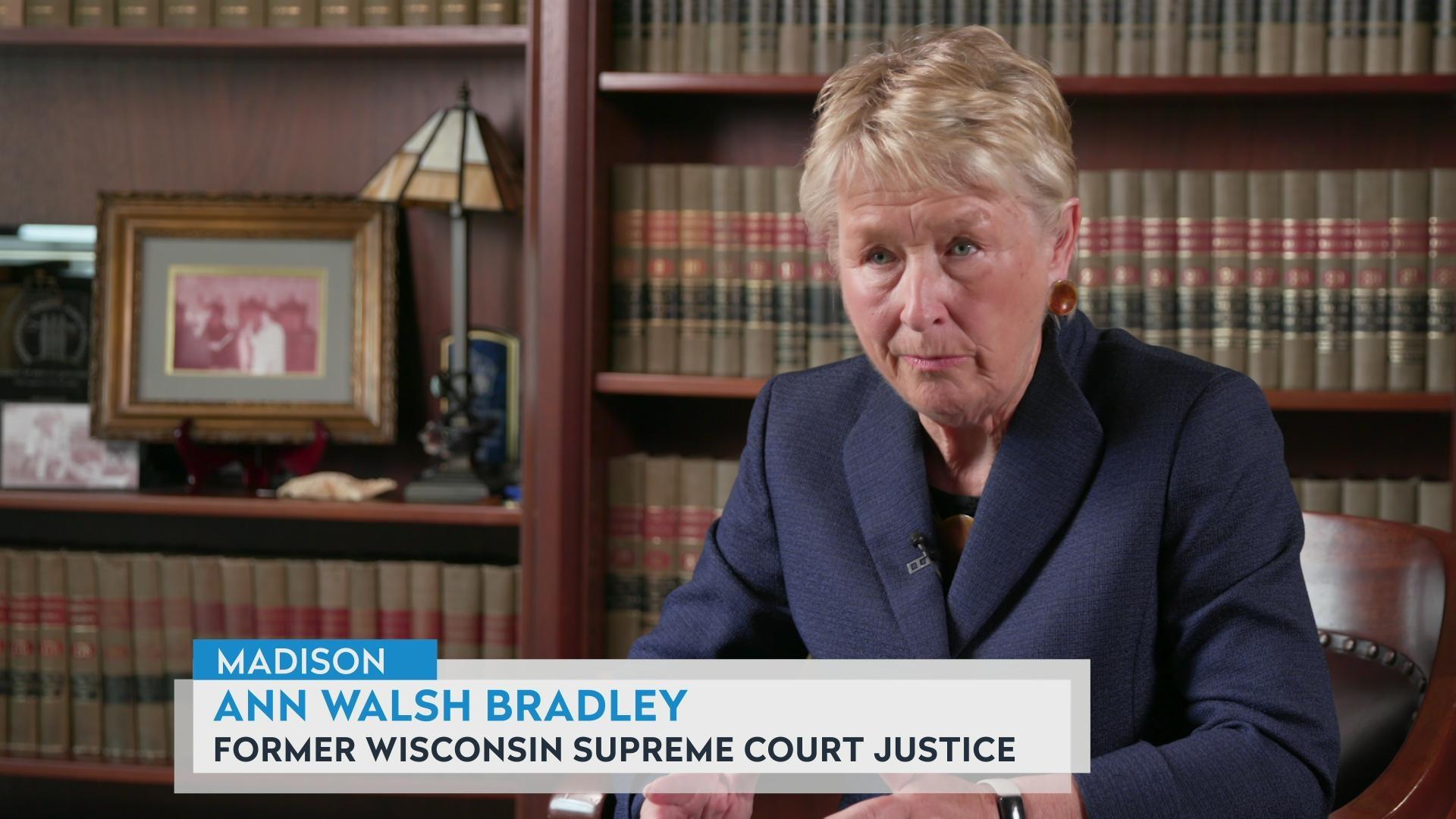
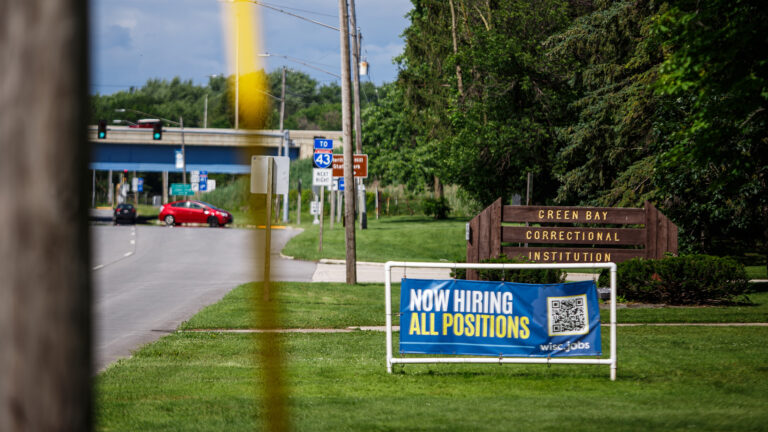



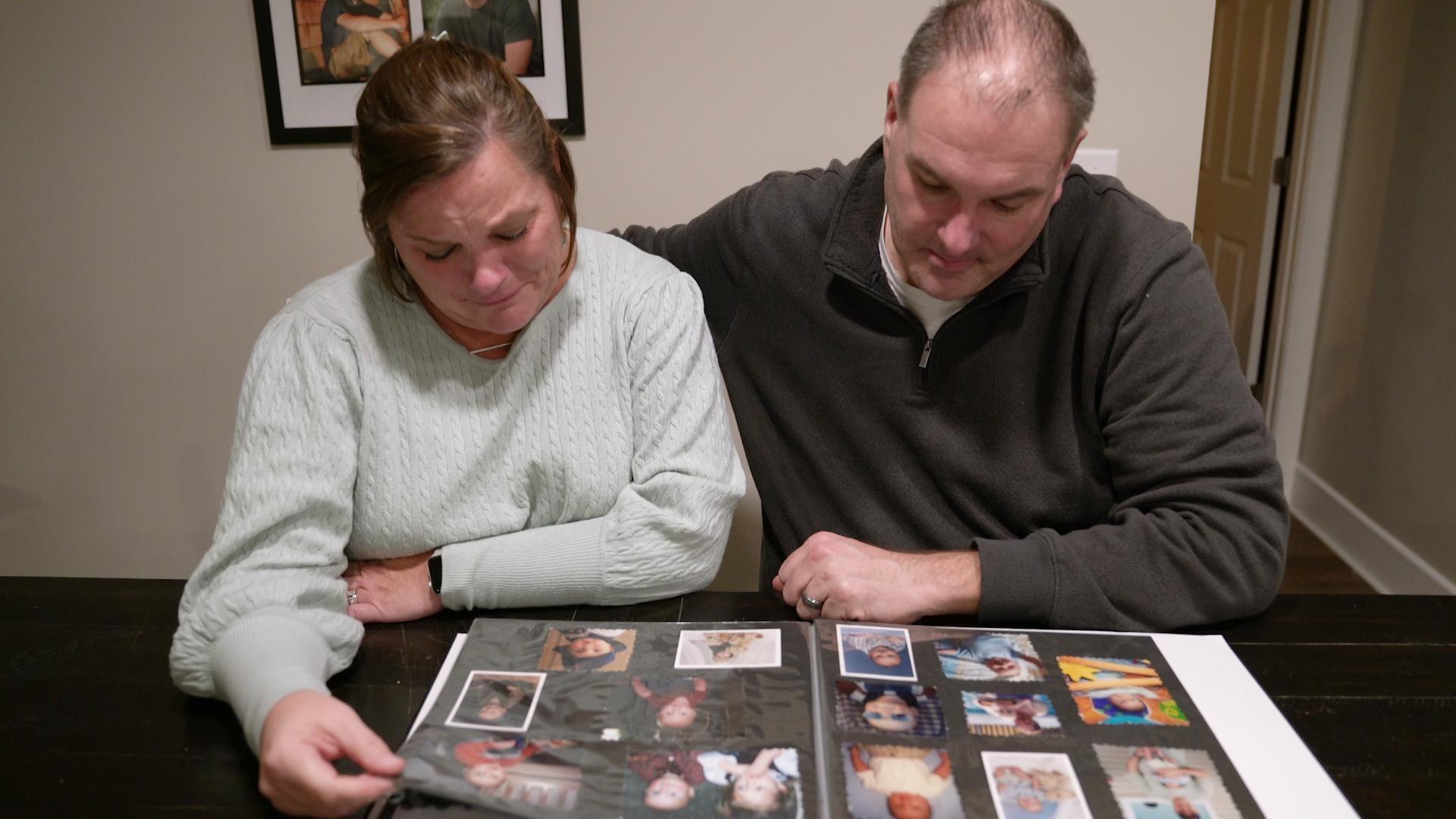
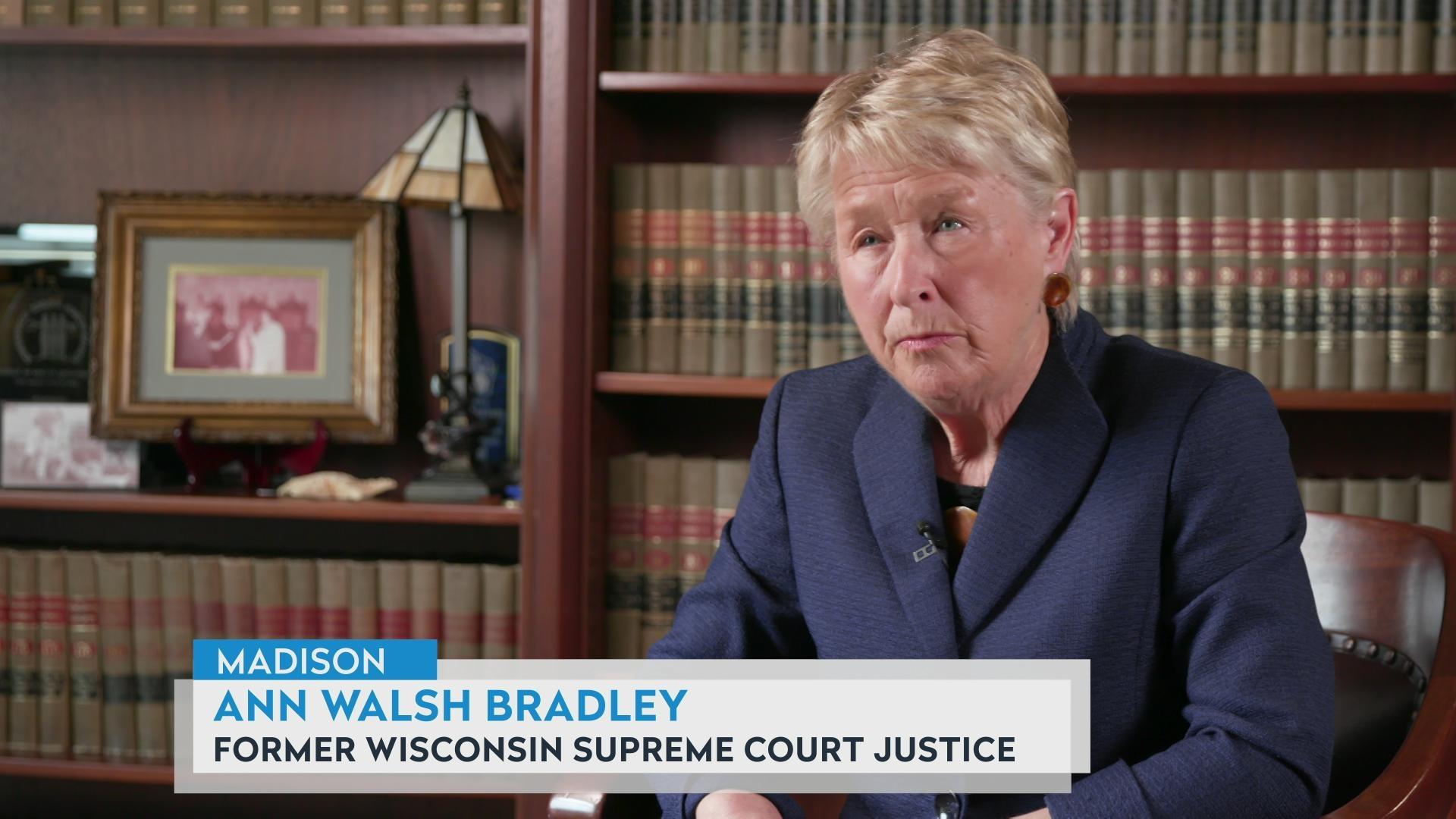
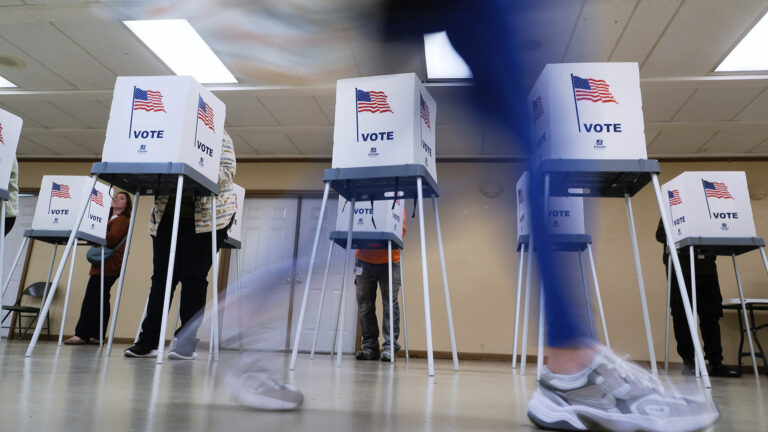

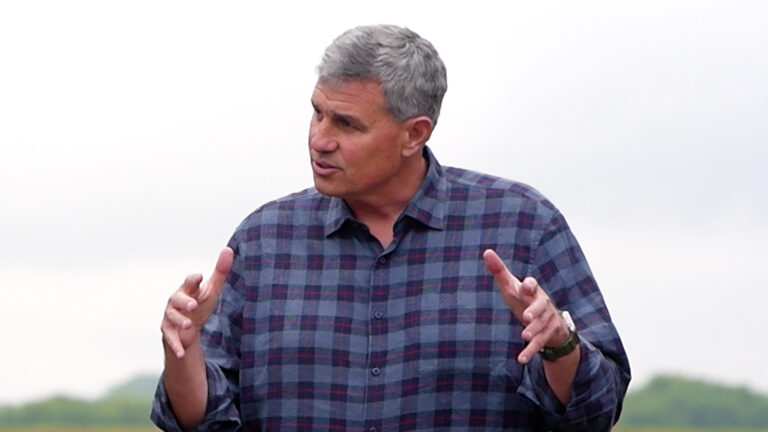
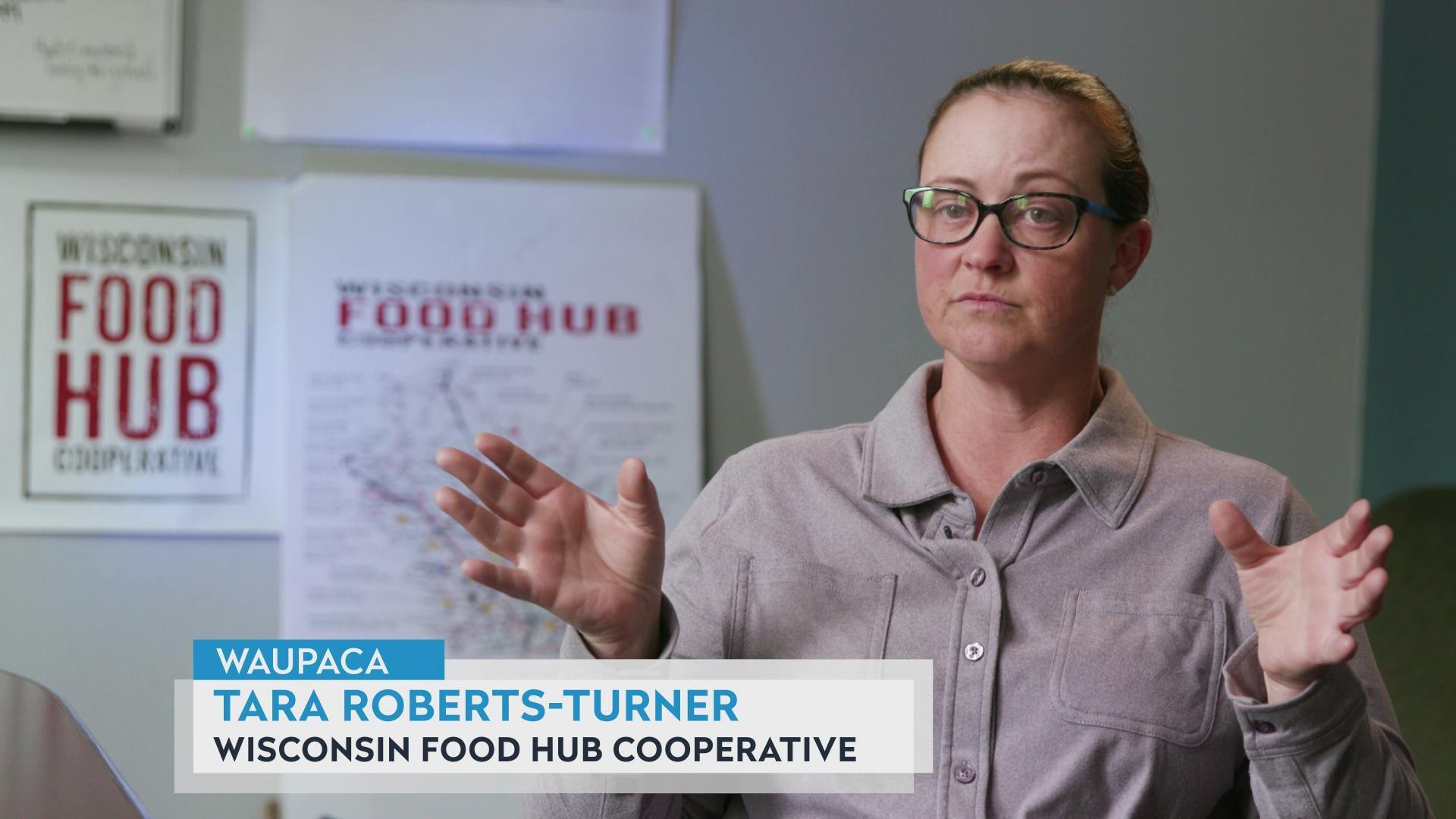

Follow Us